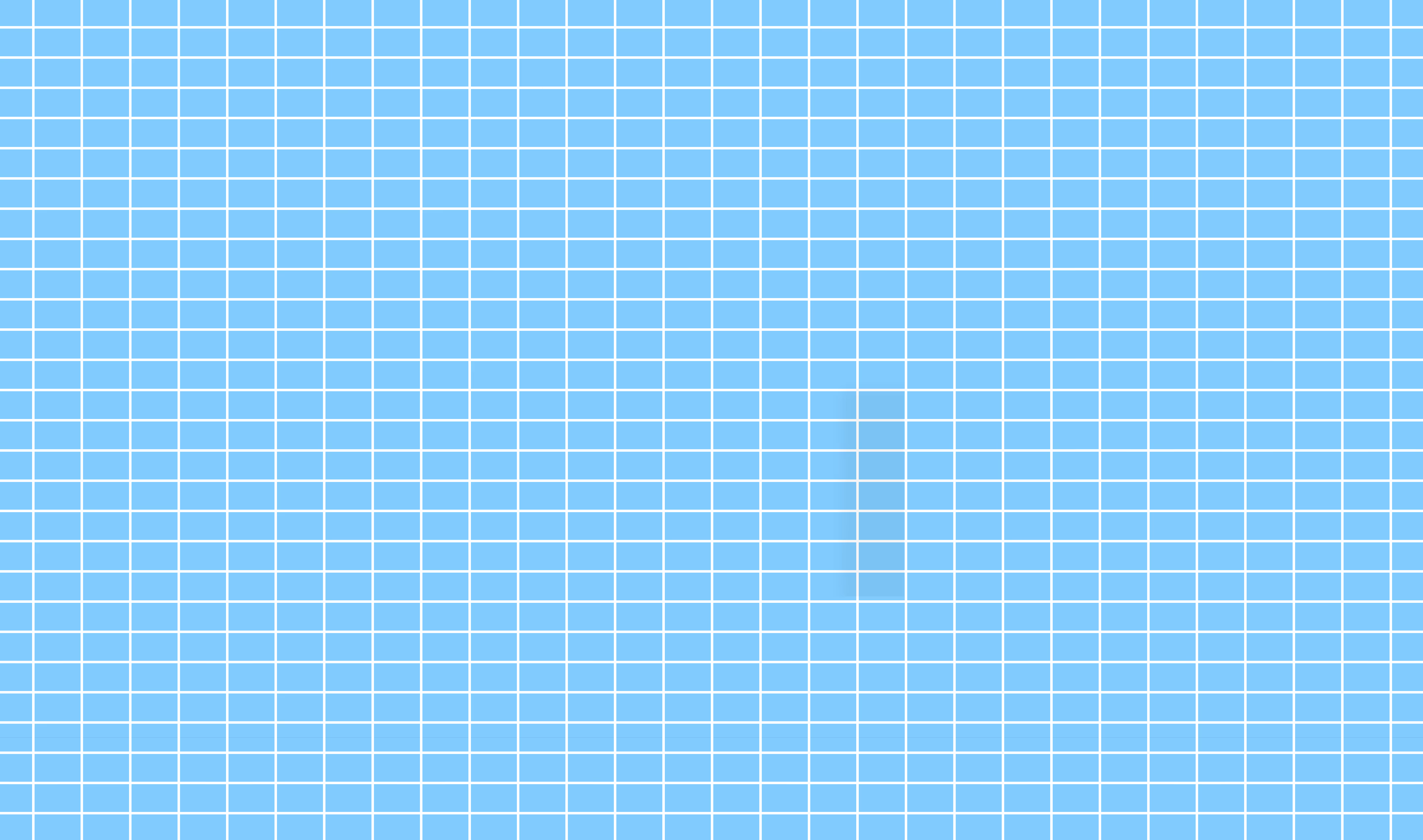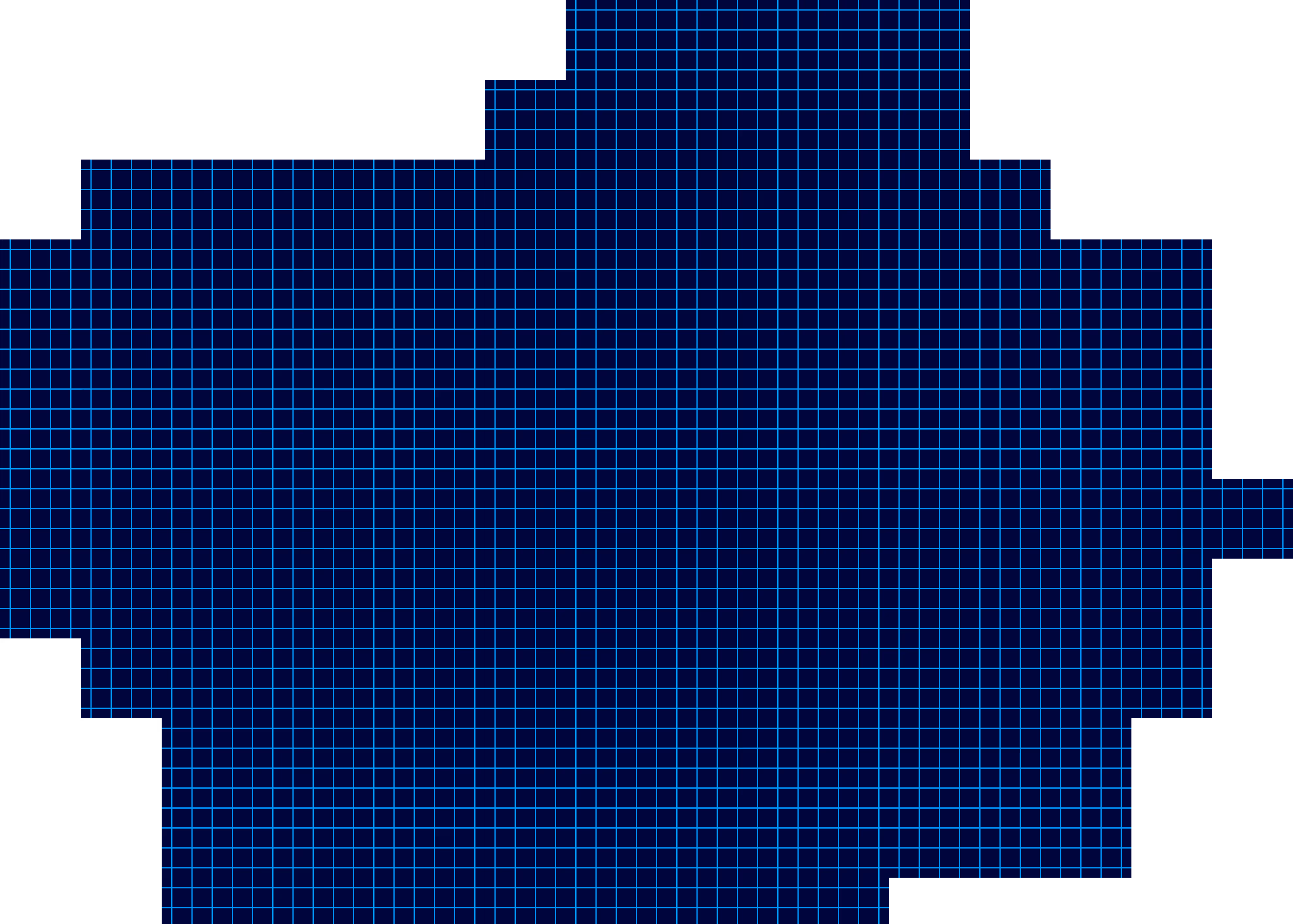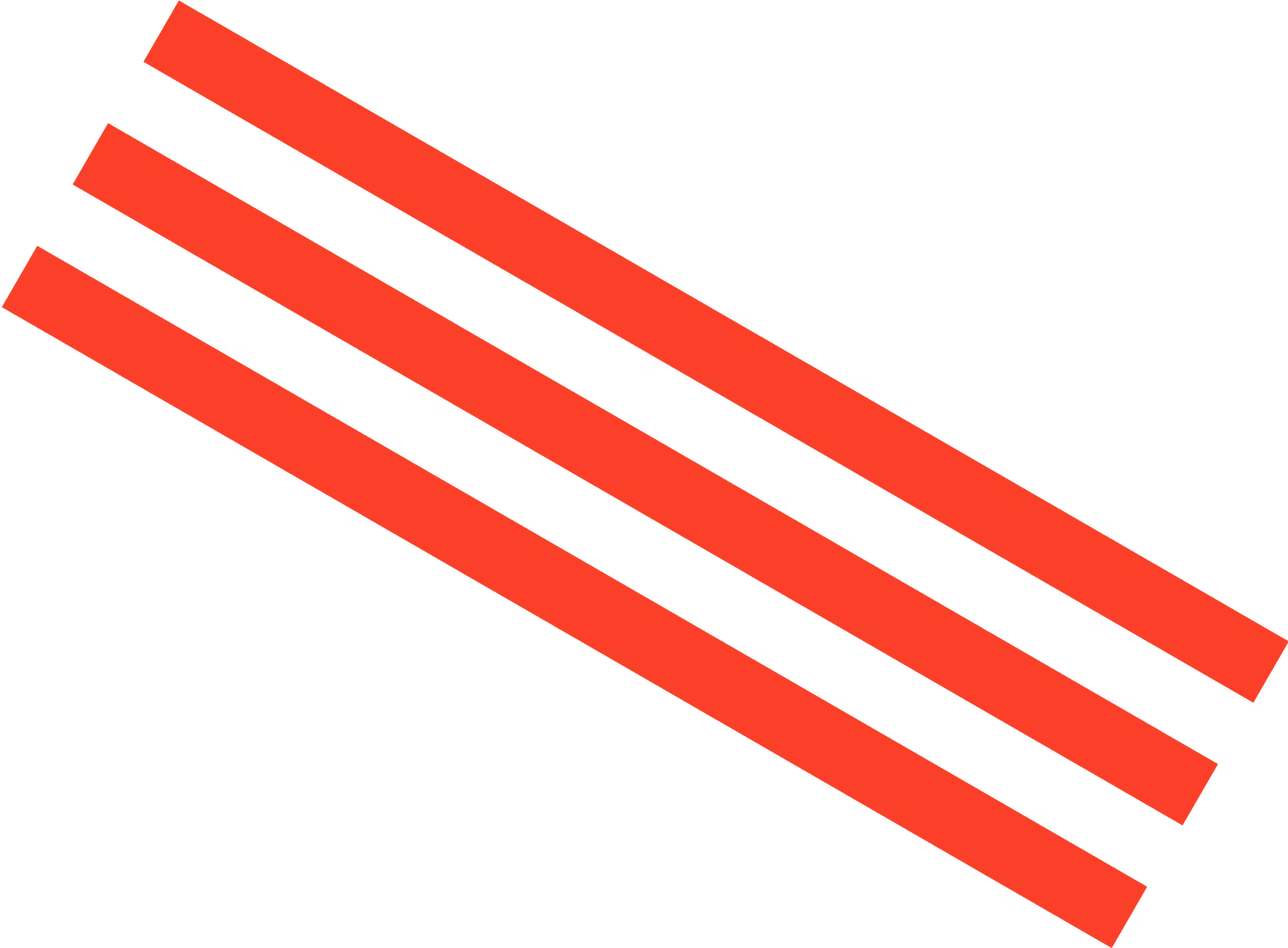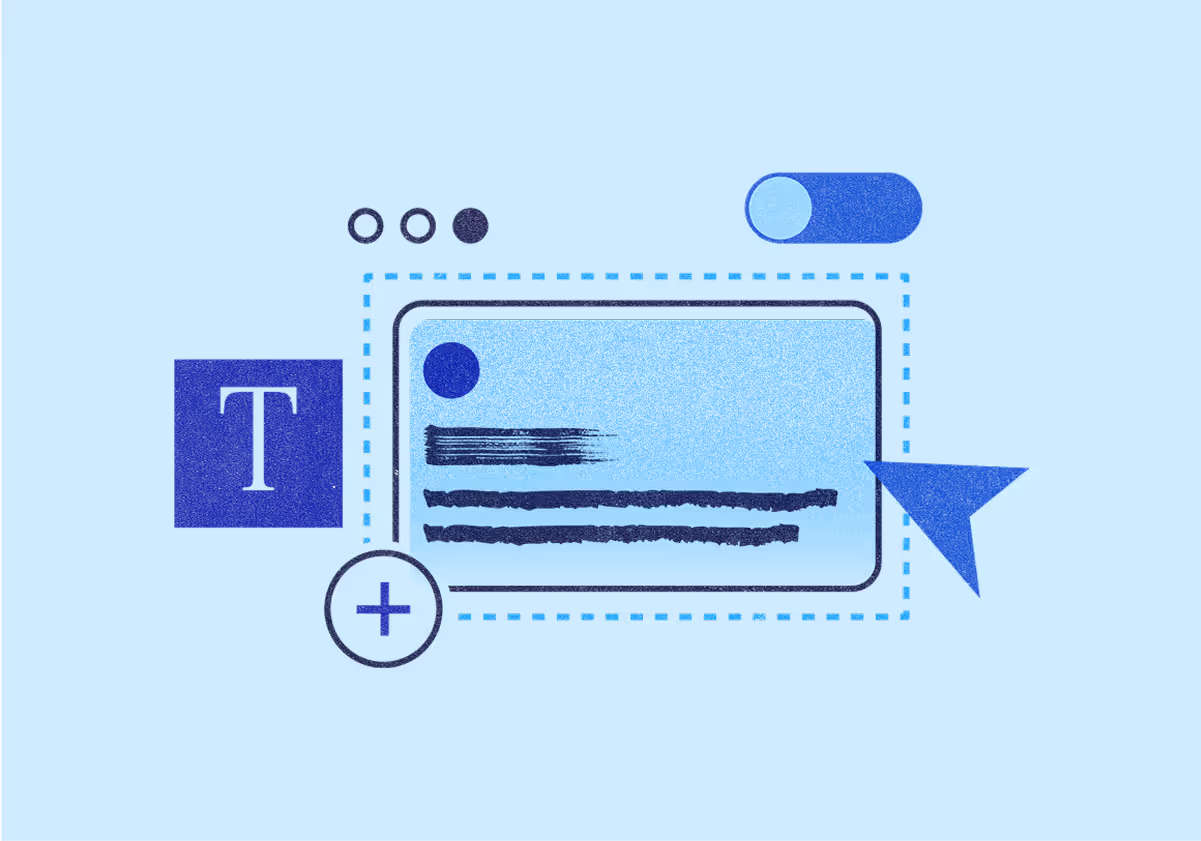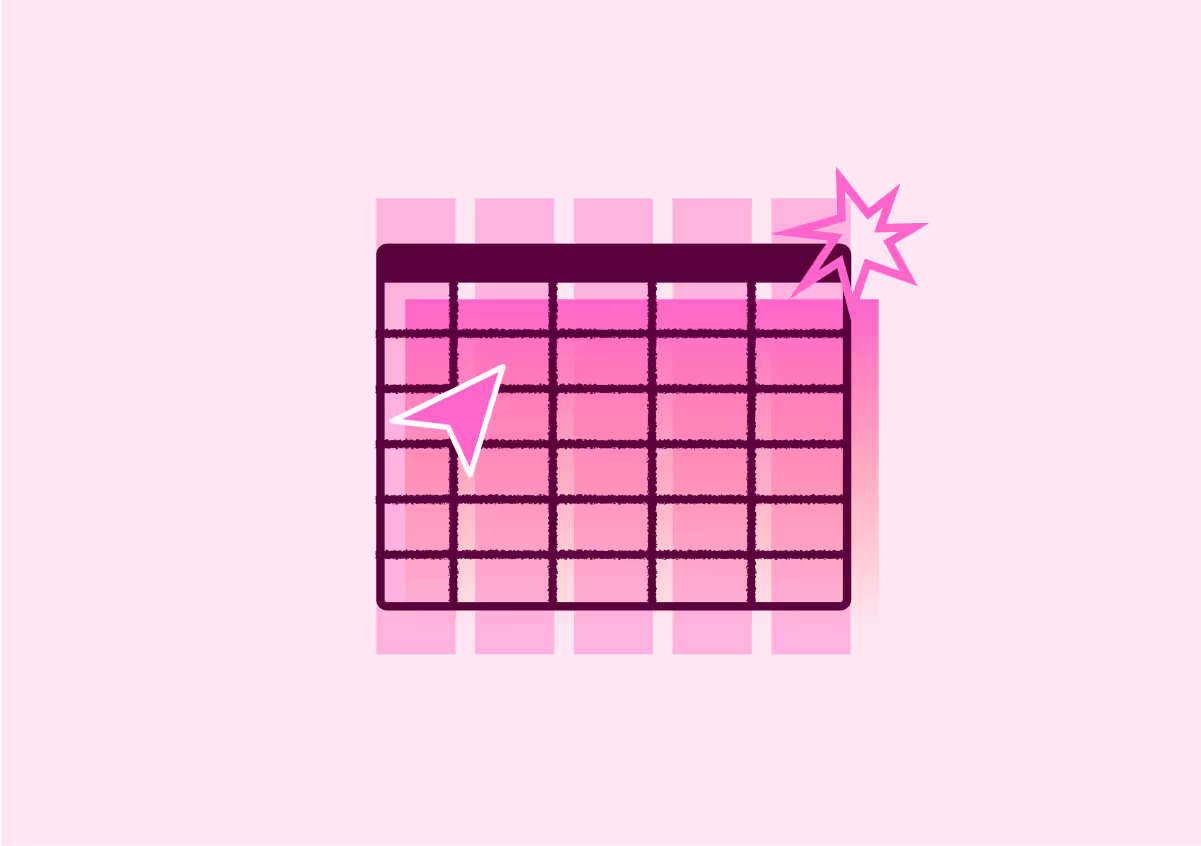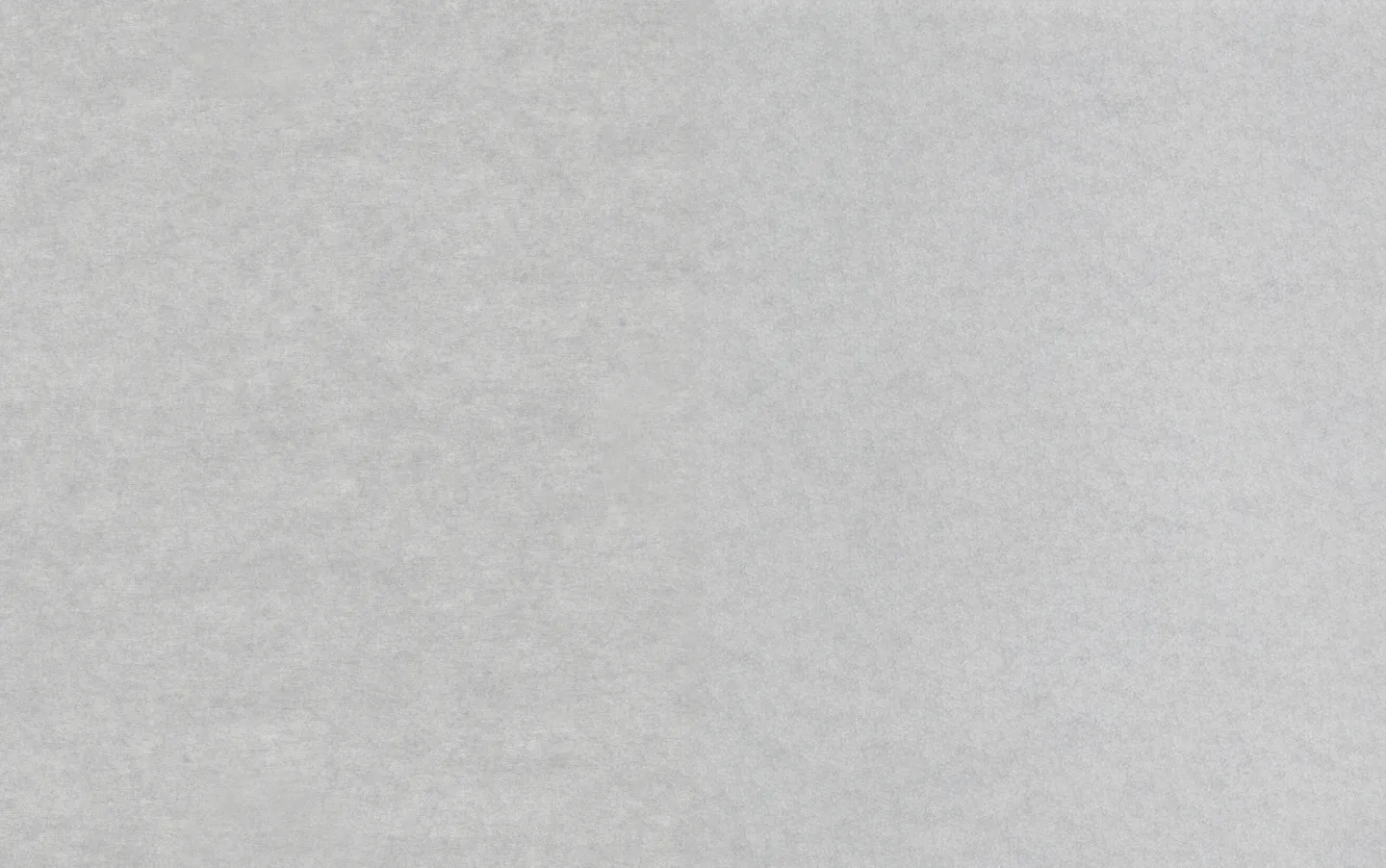Jasper Marketing
October 19, 2021
How to Write a Facebook Ad in Under 30 Minutes
Want to learn how to write a high-converting Facebook ad? We share our tips on how to take advantage of the massive potential of Facebook advertising!

There are nearly 8 billion people in the world. Astonishingly, 2.9 million of them use Facebook monthly (and 1.9 billion use it daily). Chances are that at least some, if not most, of your audience are frequent Facebook users. This can mean an incredible amount of opportunity at your fingertips.
But with so much content being put out daily, and with finicky algorithms to worry about, maximizing your Facebook page’s organic reach can be tough. It’s the reason many marketers pay to boost brand awareness through Facebook ad campaigns.
However, that’s not to say that you can just create Facebook ads haphazardly and expect jaw-dropping results. To drive click-throughs, supplement your organic lead generation strategy, and drive conversions, you need to know the elements of an effective Facebook ad. That’s what we’ll cover today with a focus on how to write a Facebook ad that gets the outcomes you want.
A major advantage: Facebook’s ad targeting capabilities
Facebook’s ad targeting options are among the most advanced of any social media platform. Just to name a handful of the capabilities, you can target potential customers by one or more of the following demographics and psychographics:
- Age
- Language
- Location
- Gender
- Education
- Work
- Interests
- Behaviors
Using Facebook Ads Manager, you can even advertise to lookalike audiences or create custom audiences for retargeting past leads and customers. In any case, targeting goes a long way in making sure that the people most likely to take your desired next step see your ads. But it’s not all that matters. You also have visuals to think about. Not to mention copy, which is especially crucial to get right.
Does Facebook ad copy really matter?
Some think that if they have an eye-catching image and decent copy, they’re good to go. Especially if the ad is targeted to a very specific audience. However, this belief results in countless conversions lost every day. Why? Because, in most cases, the ad copy is what makes or breaks the conversion.
Of course, poor targeting or unimpressive visuals can hurt your conversion rates. But, ultimately, if the message is unclear, not right for the target audience or has other serious issues, no measure of great visuals and targeting can help you reach your campaign objectives long-term.
Strong copywriting is essential to succeed at Facebook advertising. But before we get into the how-to of ad copywriting, let’s first talk about the types of ads you can run on the platform, as well as ad placement options.
Understanding Facebook ad types
Facebook offers 4 types of ads (or ad formats), each with different specs:
- Image Ads, which feature a single image
- Video Ads, which contain a single video
- Carousel Ads that display up to 10 images orf videos in a single ad
- Collection Ads that spotlight physical products
Each type can have various placements including in the Facebook news feed and the right-hand column. No matter where they’re placed or which type you choose, though, you’ll need to know how to write strong copy.
Facebook ad copy examples: Techniques you can learn from
One great way to learn to write high-converting copy is to analyze the hooks successful Facebook ads (like the three below) use to move potential customers to action.
Purple Carrot and the pain benefit hook
The pain benefit hook is a popular and effective ad copywriting method. It involves highlighting a pain point your audience has and following it up with the benefit of whatever solution you offer. (The more distressing the pain point is, the better this works.)
A brand that has done a good job of this is Purple Carrot, a plant-based meal company.

As you can see, the problem and solution are actually labeled in its Facebook ad copy. While pains and benefits are generally blended into the copy instead of labeled, this straightforward, direct approach can work as well.
What other lessons can be learned from this ad? The copy also:
- Uses the same language as potential customers (e.g. “I want to eat more veggies”)
- Highlights a common challenge for people interested in a plant-based diet but unsure of how to make the food taste good
- Promises the solutions the audience wants including delicious food and meal planning made simple
What’s the biggest pain or challenge your audience has? What transformation does your product or service help them achieve? The answers to these questions can take your Facebook advertising to the next level, giving key metrics like click-through rate a noticeable boost.
Bright Cellars and the big claim + relevance hook
Another way to capture the attention of your audience is to make big, bold claims or share intriguing statistics. Both trigger curiosity, which is exactly what you need to get soon-to-be new customers to stop scrolling and take a serious look at your ad. But you can’t just rely on a surprising claim or stat alone; you also have to establish how it’s relevant to your audience.
To illustrate this point, look at Bright Cellars’ Facebook ad. It claims to be the only predictive wine subscription out there, which might be surprising to some. But notice that this is not a generalized statement such as “Bright Cellars is the only wine subscription that predicts which wines subscribers will enjoy.” Instead, it’s personalized and speaks of wines that “you’ll love.”

Additionally:
- As far as Facebook ad headlines go, this is an excellent example because it’s direct and linked to a challenge the Bright Cellars audience faces
- Enhances the feeling of exclusivity and prestige created in the initial hook by mentioning that Bright Cellars is a wine club
- Reinforces the relevance of the ad by restating that the experience is personalized
What surprising claim could you make about your business and the outcomes it gets for your customers or your industry?
HelloFresh and the storytelling hook
People love stories for many reasons. They can be relatable, humorous, inspiring, exciting. And they can also be persuasive, which is why they work well for Facebook advertising, Facebook marketing strategy in general, and marketing as a whole.
For example, research has shown that 79% of consumers trust online reviews as much as recommendations from friends and family. Reviews, which share customers’ experiences, are a type of story. And you can also pull from other types of stories—case studies and testimonials, for example—to inspire the copy for your ads. Here’s how HelloFresh did it.

HelloFresh works with influencers—in this case, Jessica Alba—who vouch for its meal kits. The copy does at least two things well. It:
- Starts with a story that relates to a deep emotional need that HelloFresh’s audience has (i.e. wanting to spend more time with family and less time prepping healthy meals)
- Follows up the story with an offer of 10 free meals that appeals to logic
The takeaway? Use stories to build trust and get people emotionally invested in your solution. Then, seal the deal with logic.
How to write a Facebook ad in under 30 minutes
Now that you’ve seen some examples of how it’s done, it’s time to figure out how to write copy that converts for your own ads. Here are 4 Facebook ad copy guidelines and some Jasper templates that can help you optimize your click-through and conversion rates and, as a result, get the biggest bang for your daily and lifetime budget.
1. Focus on a specific audience
As mentioned, who you target plays a big part in the results you get from your campaigns. If your audience includes more than one persona with different goals, pains or interests, consider creating different ads—and possibly even different landing pages—for each one. By narrowing your focus and tailoring the copy to each specific persona, you can make your copy more appealing and persuasive.
2. Nail the headline
Next up, brainstorm an eye-catching headline that will spark further interest in what you have to say. Jasper’s Facebook Ad Headline template can speed up this process and give you a ton of ideas to work with.
For example, imagine you were marketing an automation tool called Autom8. You could enter your product name, a description, a desired tone of voice, and even an example of the kinds of headlines you want. In return, you’d get suggestions such as:
- “Do more in less time with Autom8,” which is straightforward, points to a desire the target audience has, and mentions the solution
- “How Autom8 saved me 10 hours this week,” which would be great for sharing a relatable story and encouraging viewers to try Autom8 for the same positive outcome
- “Automate your way to more time and revenue,” which is also straightforward and appeals to two top desires people have—time and money

You could also generate click-worthy headlines that:
- Promise a specific outcome within a set period
- Use negative words such as “stop,” “avoid,” and “never”
- Create a sense of urgency with phrases such as “limited time only” and “shop now”
- Ask a thought-provoking question (or one that creates common ground between you and your audience)
Once you have some headline ideas, you can move on to working on the body copy.
3. Write the body copy
As you’ve seen from the examples we analyzed, the best Facebook ad copy:
- Is clear and concise so that there’s no risk of confusion about the message
- Backs up any claims you make to show trustworthiness
- Includes and focuses on just one call-to-action (CTA) to make it easy for people to know what to do next
What might ad copy for Autom8 software look like? Using the same info we plugged into the headline template, Jasper gives a variety of solutions including one that uses the pain benefit hook we talked about.

It’s optimized for conversions because it:
- Focuses on a constant and pretty significant pain point (being tired of repetitive tasks)
- Introduces the solution and promises a specific outcome (saving 10 hours per month)
- Establishes trust by mentioning that Autom8 has been proven to save users 10 hours per month
- Highlights the convenience of the solution by mentioning the drag and drop interface, custom automations, and number of integrations
- Giving one clear call-to-action to get people to sign up
You can create quality, high-converting copy like this in minutes using Jasper or, if you’d prefer, outsource your Facebook ad copywriting without compromising results.
For instance, Lucia Jensen of WeLoans reports that just two months into using Jasper for Facebook ads, the company has “witnessed an astronomical 30% increase in overall engagements.” And this isn’t a one-off win.
Kristin Stump, Marketing Manager at MyEnamelPins had a similar experience, saying: “Some of our biggest wins include increasing click-through rates by 202% and increasing conversions by 270%. Overall, Jasper has helped us achieve a 38% increase in leads generated from Facebook ads.”
4. Don’t set it and forget it
Once a new ad goes live, that doesn’t mean your work is done. Even seemingly small changes can have a huge impact on your click-through and conversion rates. So tweak your copy and see which versions get better results. Over time, you’ll learn more and more about what works best for your audience. Not only will this help with budget optimization but, it’ll also earn you new customers.
But to test ad copy, you first need to have ad copy. So let’s talk briefly about how to create ad variations in no time using Jasper.
Creating Facebook ad copy at scale in Jasper
The Facebook ad templates in Jasper are helpful but, when you need to write ad copy at scale, there’s a faster way—Boss Mode. Andrew Helling of Rethority explains: “To ensure Jasper's output matches what you're looking for, give it something to work with.
The best thing you can do is copy and paste old Facebook ads into a blank Boss Mode document. The content on this page helps Jasper learn about your writing style and use of language. You can then press the compose button (CTRL+J) to allow Jasper to work its magic and produce more ad copy based on the examples you've added to the document.”
Let’s walk through this method step by step. While you could also start with an existing ad from your campaigns, we’ll start with copy created with the Facebook ad templates.

After popping that into the long-form document and pressing Compose, here are the unedited alternative ads Jasper gave us.

But say we want even more ad variations to a/b test. Before hitting compose again, we could quickly make any necessary tweaks to the versions Jasper already generated. That way, Jasper would continue to follow the patterns we set for style and tone. After pressing Compose again, this is what we got.

You could rinse and repeat these simple steps as many times as needed to create as many Facebook ads as you want in very little time.
Alternatively, you could use the Facebook Ad recipe in Boss Mode.

You could quickly replicate the recipe as many times as needed with a text expander, fill in the product name and description, and run the commands for each.

You have the tools to tackle Facebook advertising (and win!)
Now that you’ve got a solid overview of how to write a Facebook ad that drives conversions, it’s time to get started and create one. Give Jasper a try today and you’ll have a couple of ad variations to test in no time!
More of the latest & greatest

Gemini 3 Pro in 24 Hours: Inside Jasper’s LLM-Optimized Architecture
How does Jasper validate new AI models like Gemini 3 Pro in under 24 hours? Inside our rigorous 3-step testing process for enterprise marketing.
December 4, 2025
|
Nick Hough

3 Predictions for AI in Marketing in 2026
In 2026, AI will rewire teams, streamline tooling, and turn content into a competitive engine.
December 2, 2025
|
Loreal Lynch
.png)
Highlights from Jasper Assembly: Scaling Content with Confidence
Discover key insights from Jasper Assembly 2025. Leaders from Sanofi, NetApp, U.S. Bank, and BCG shared AI marketing strategies for scaling content and driving impact.
November 19, 2025
|
Loreal Lynch
